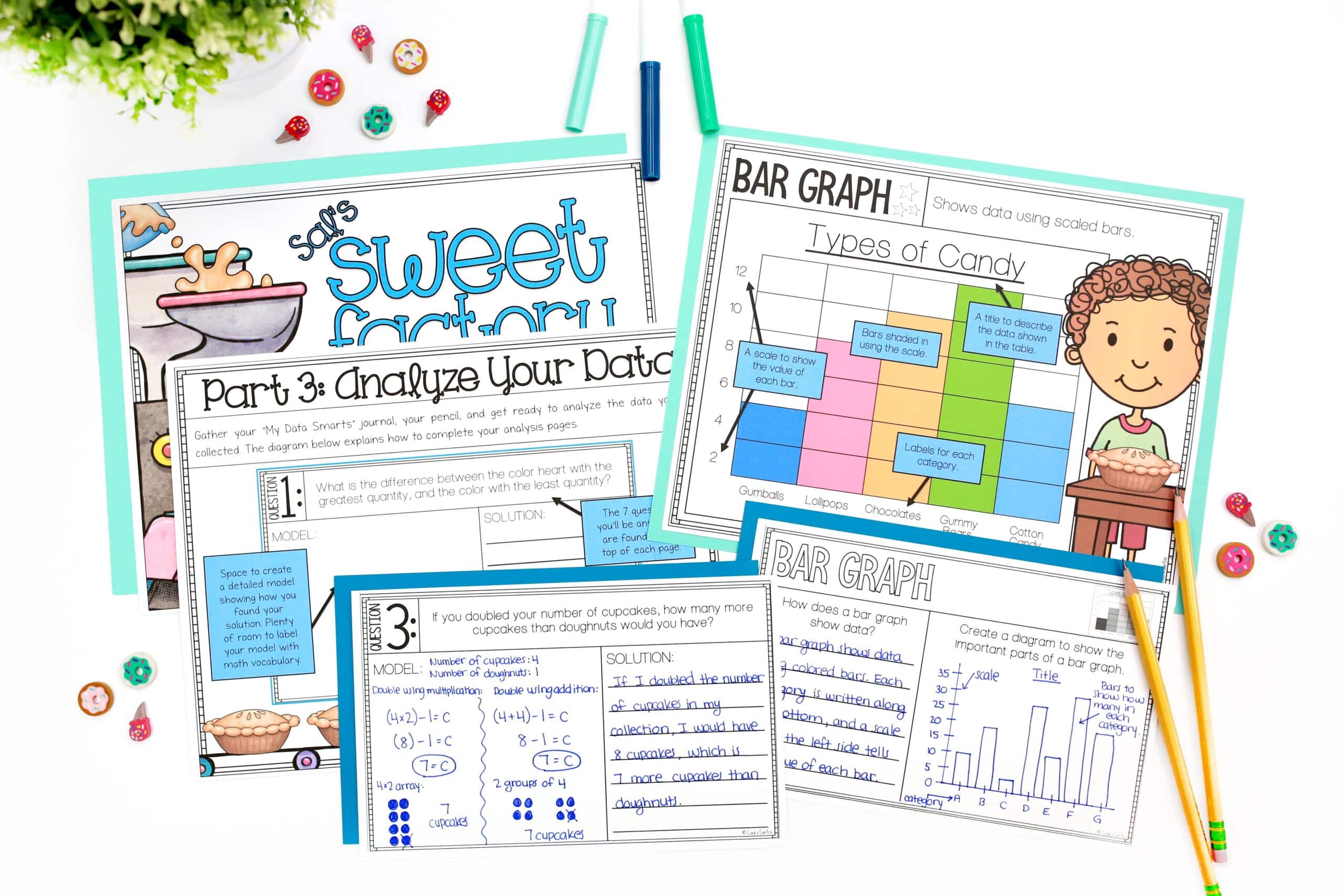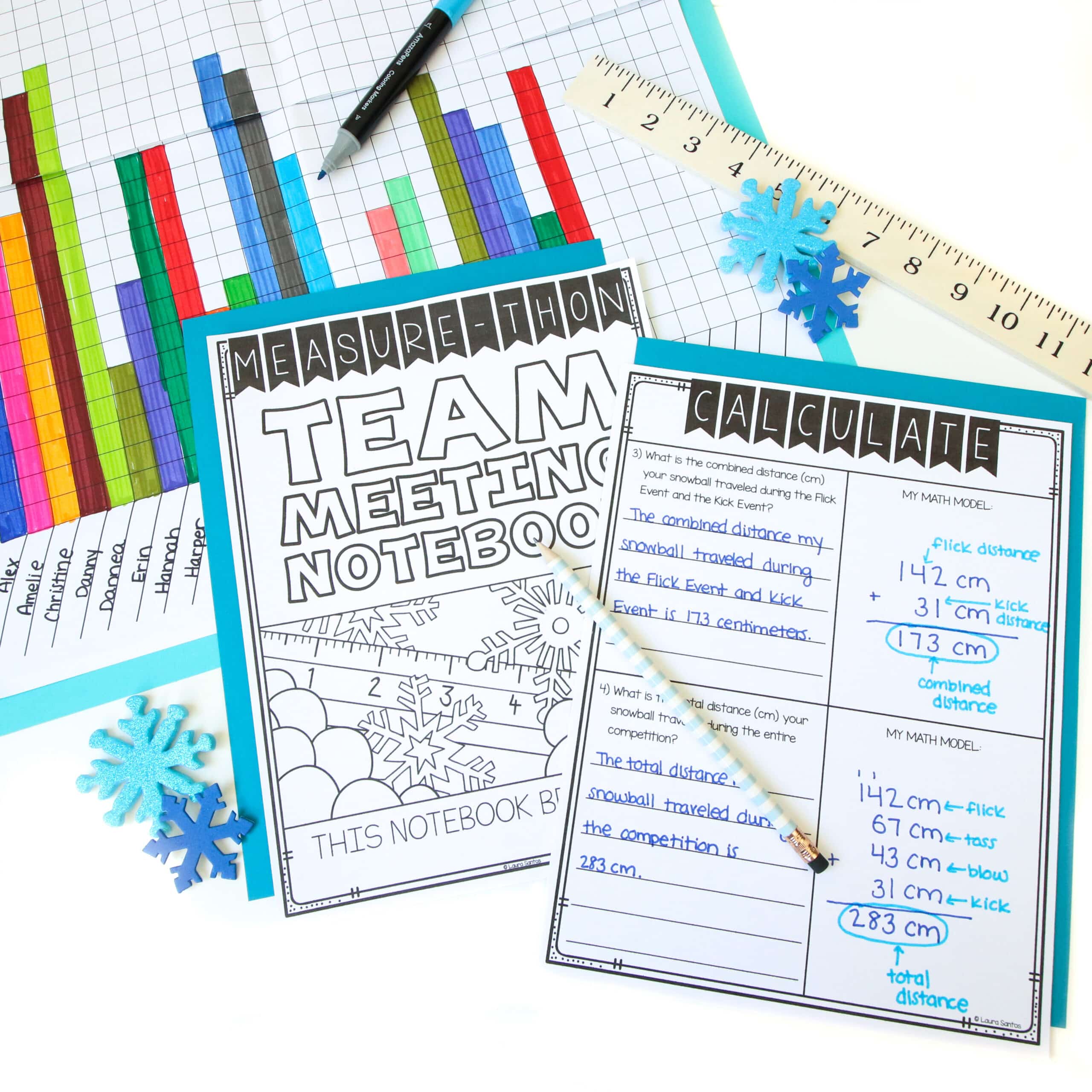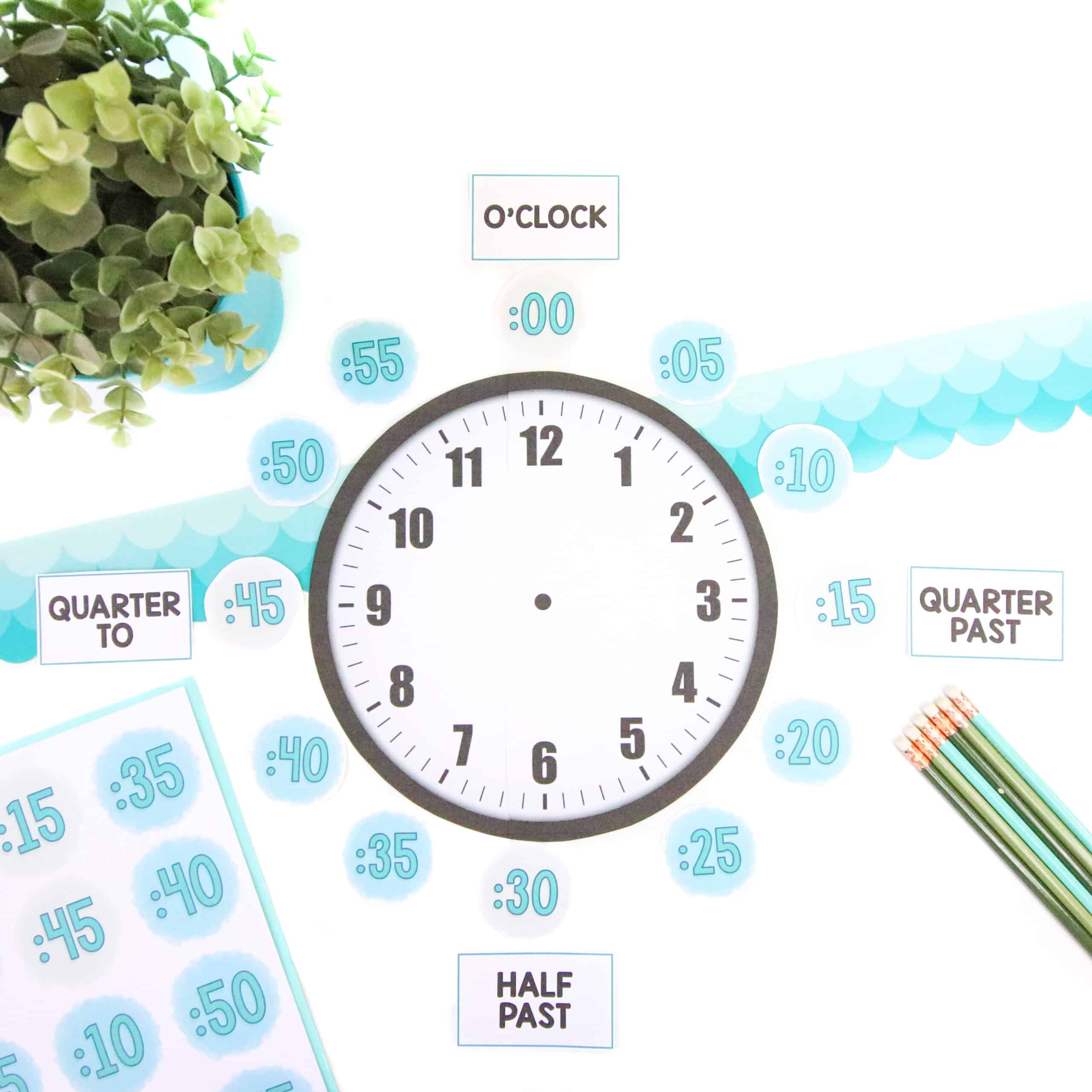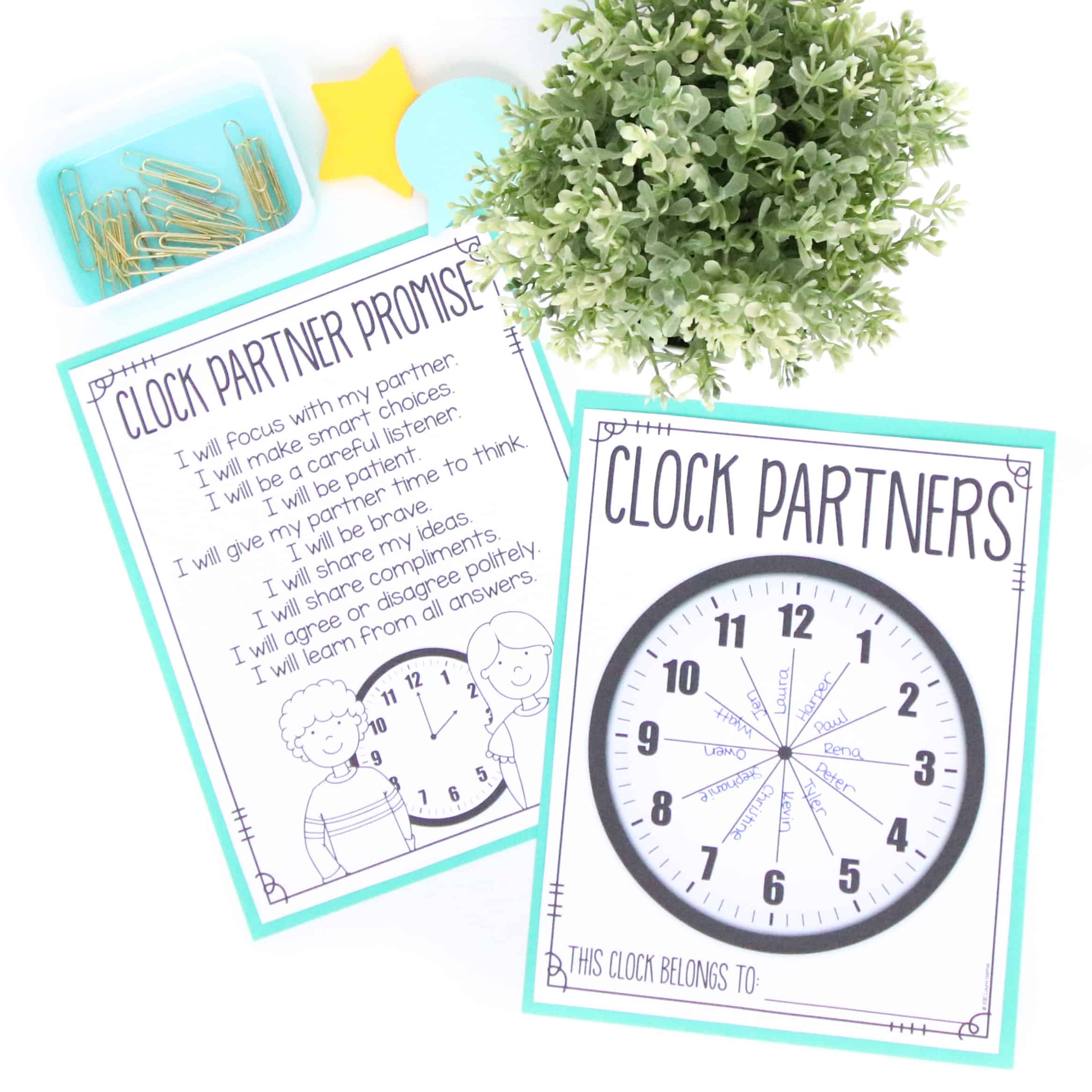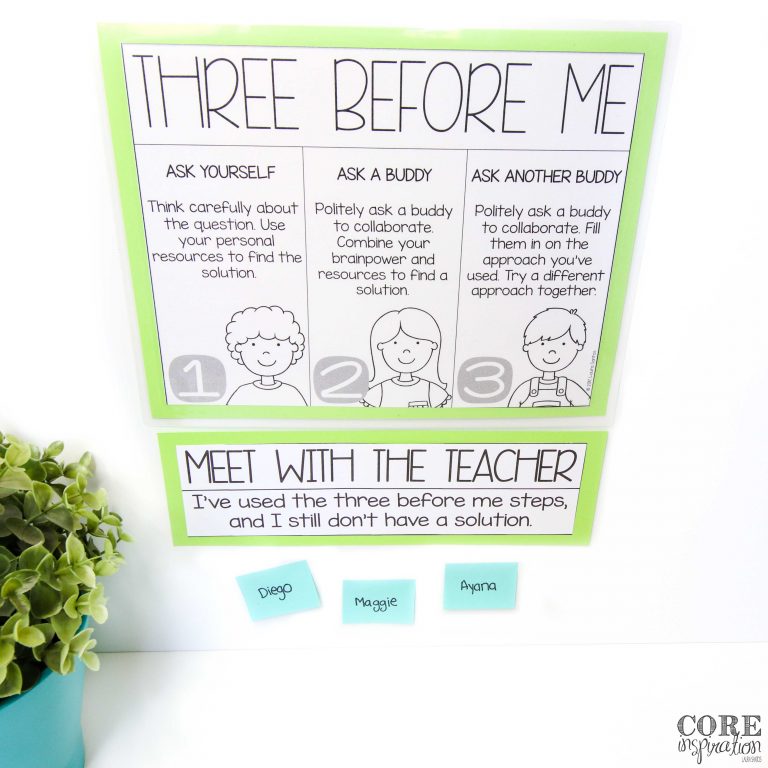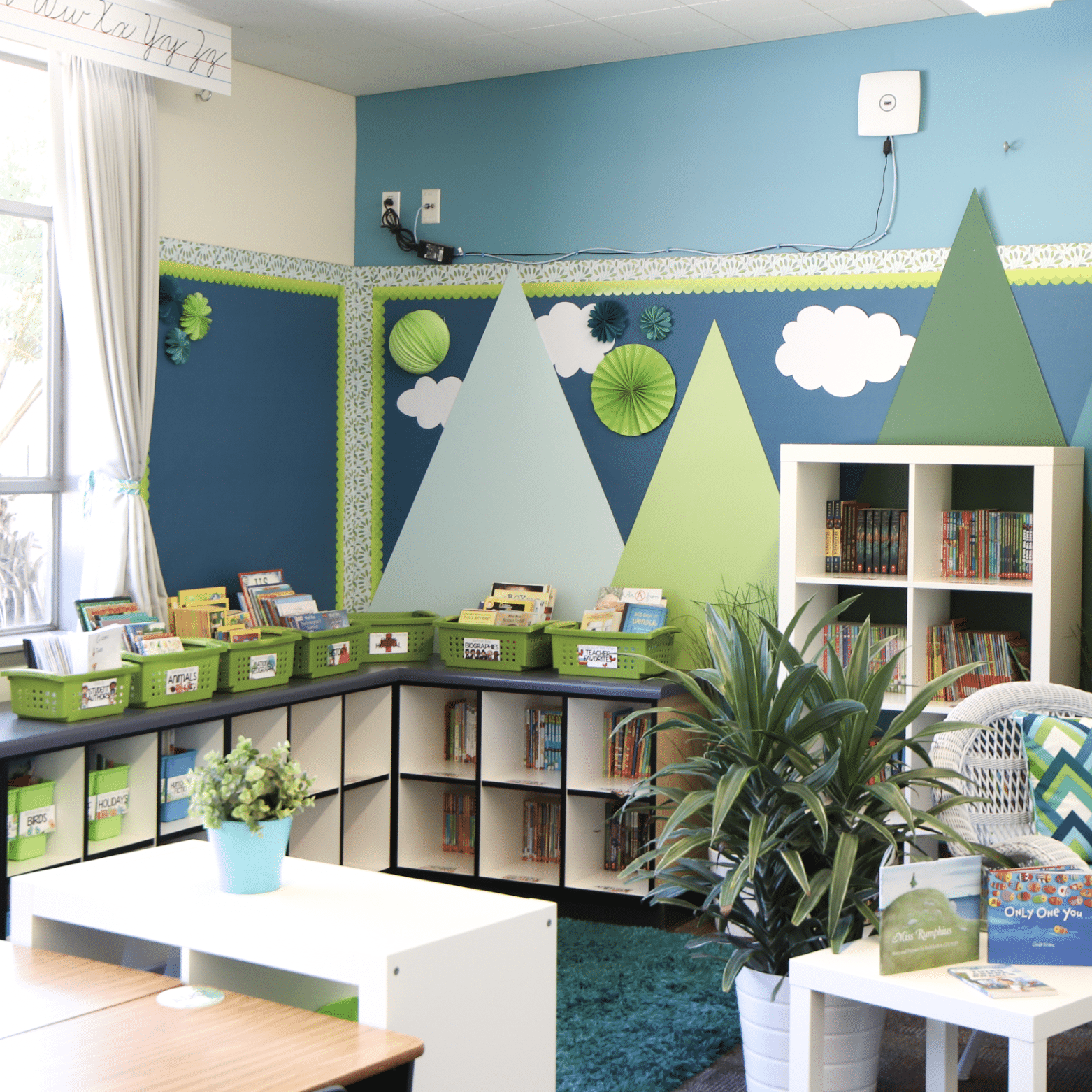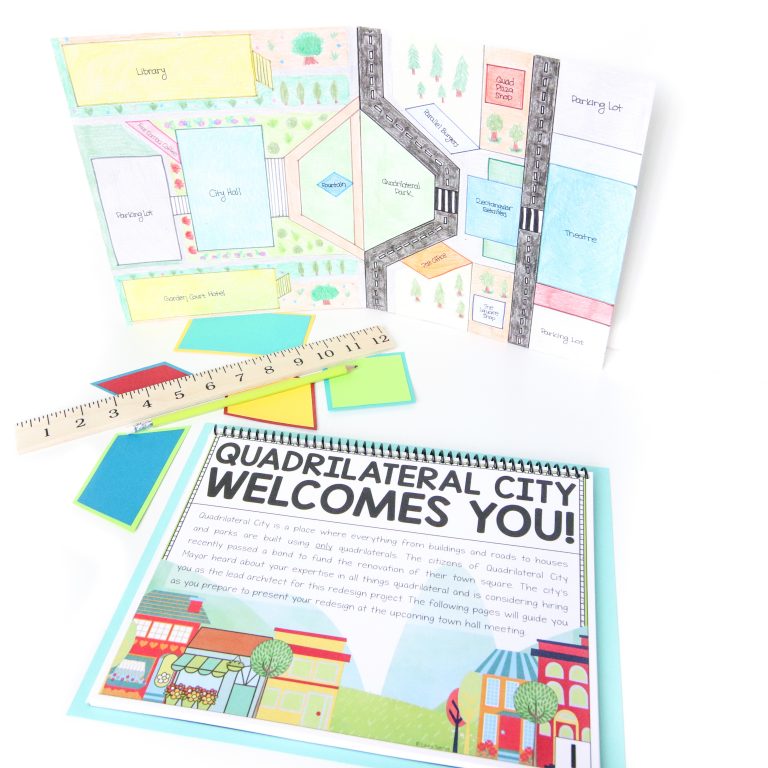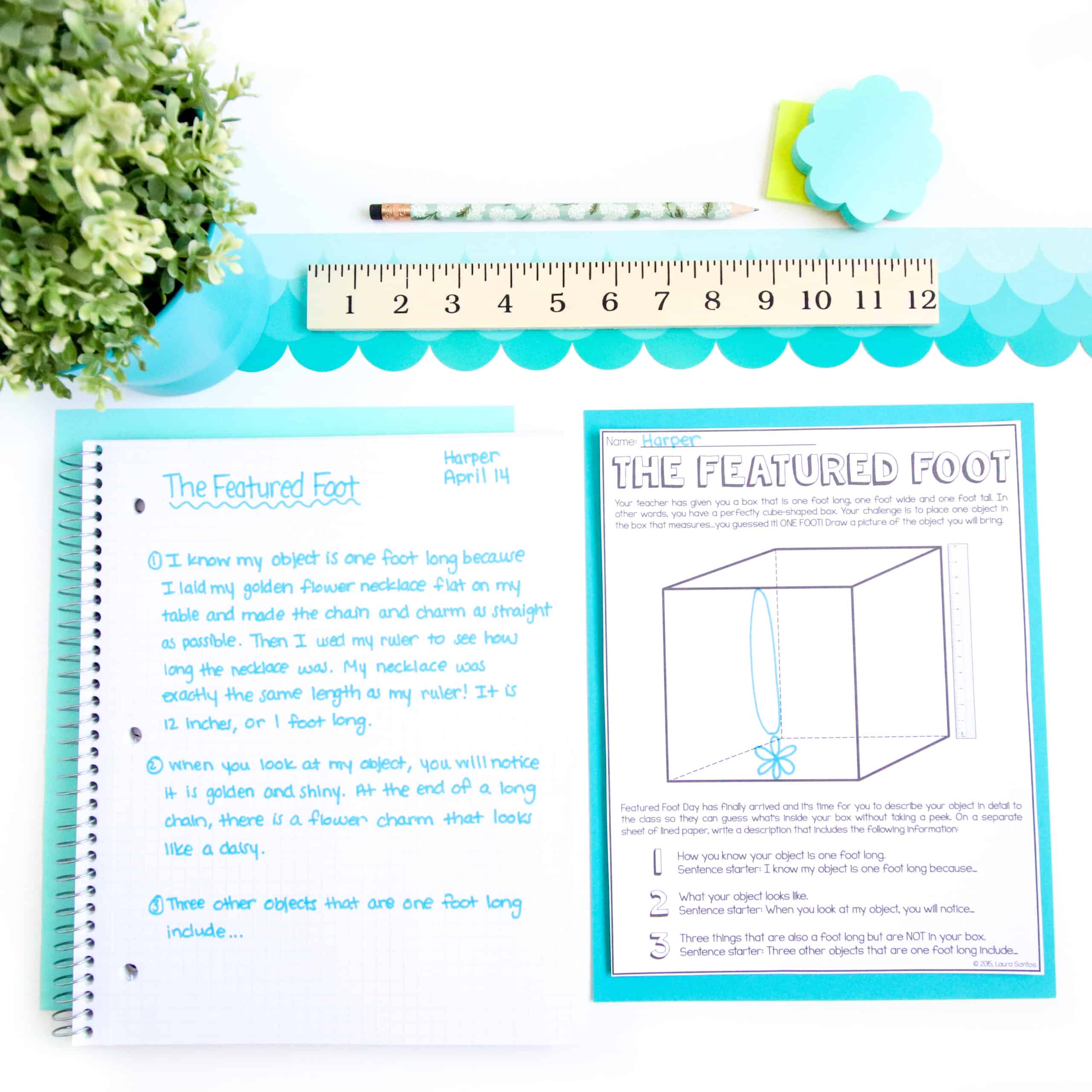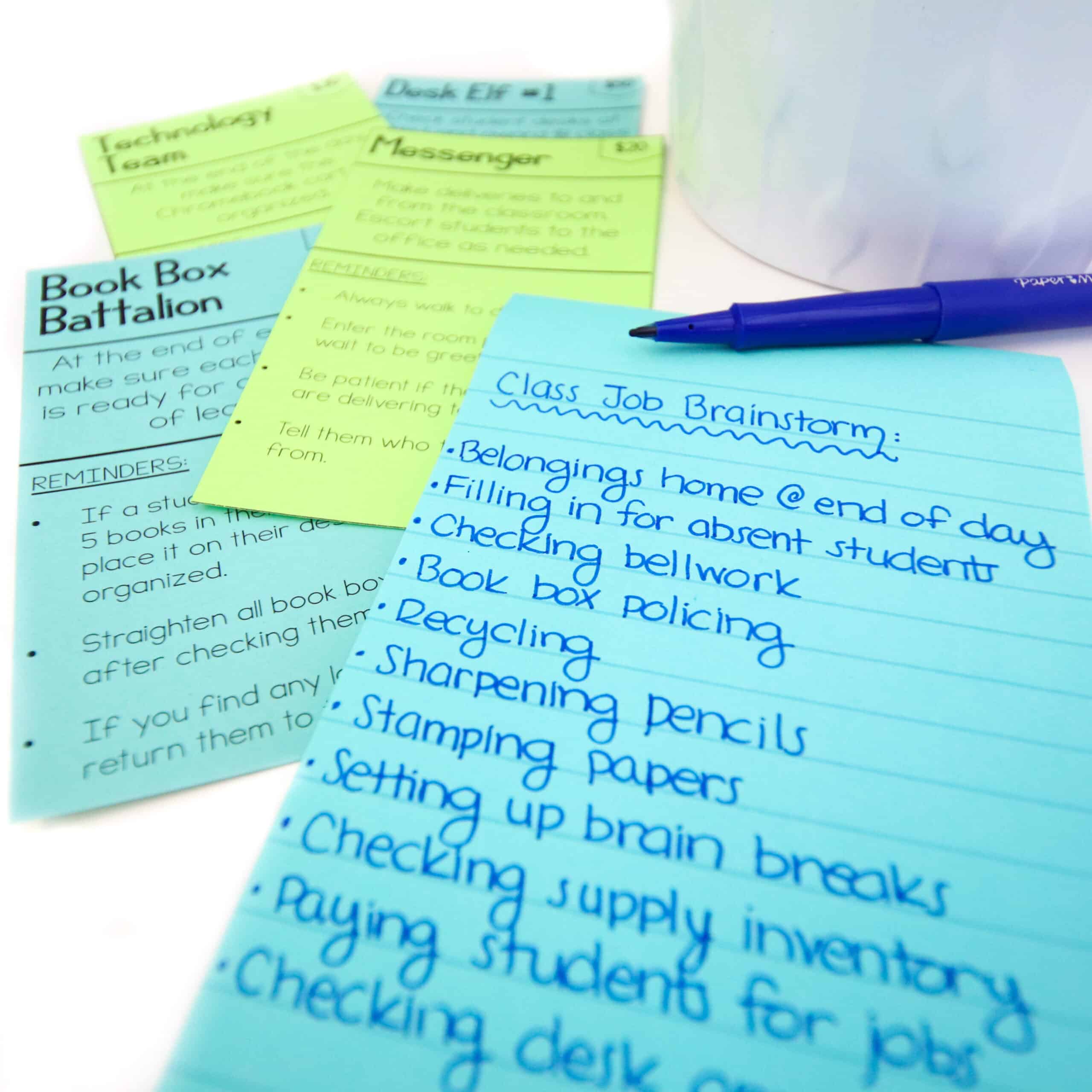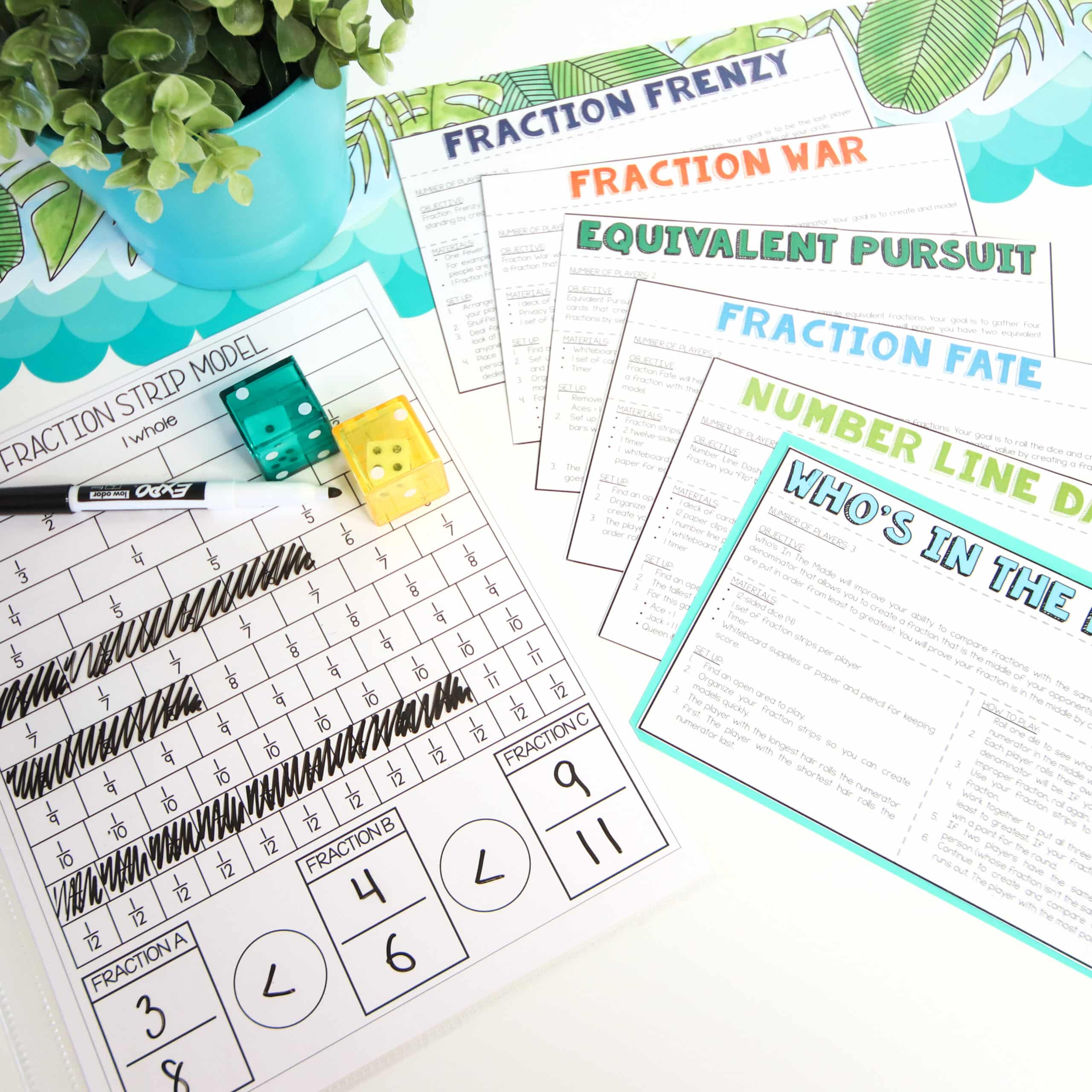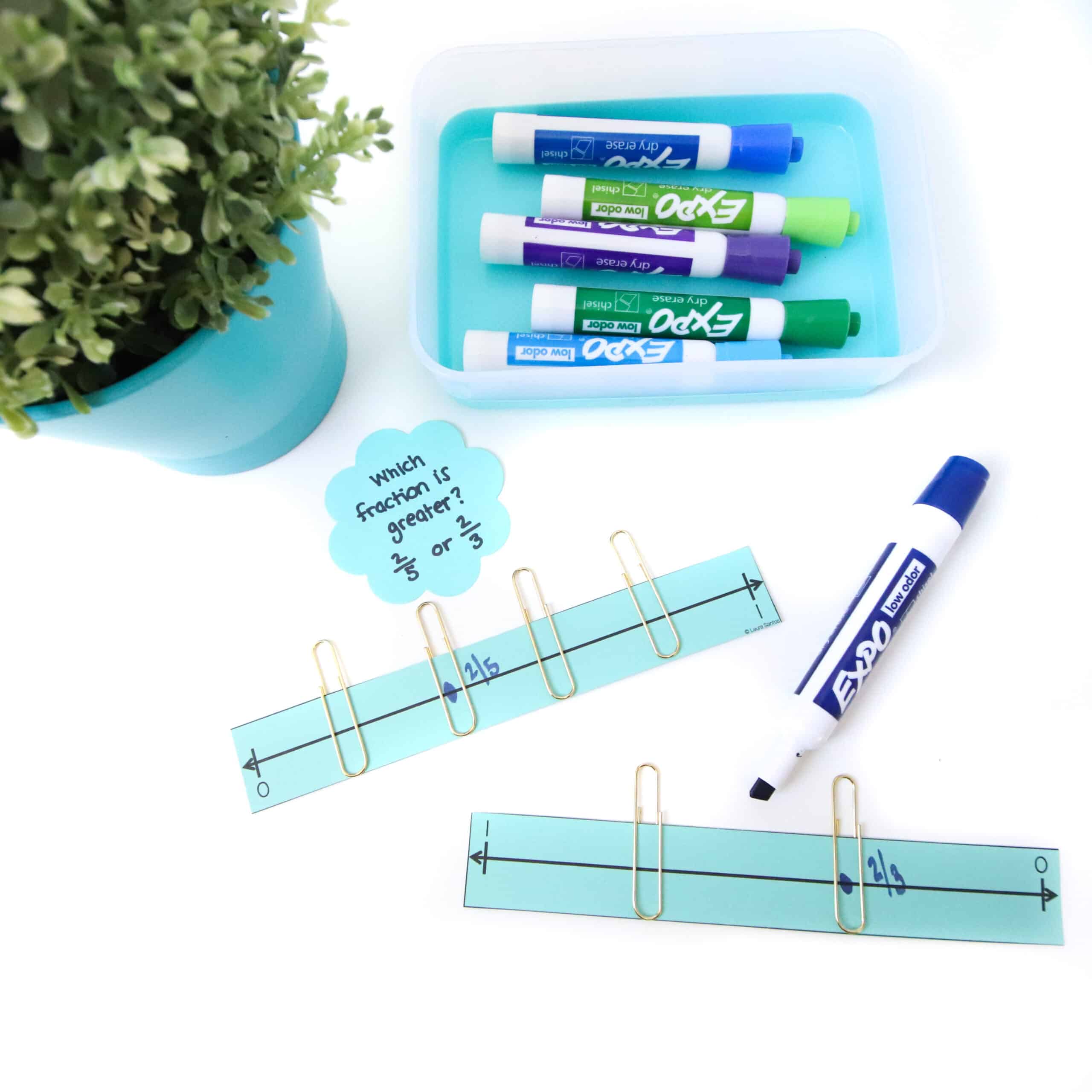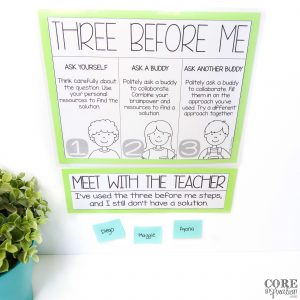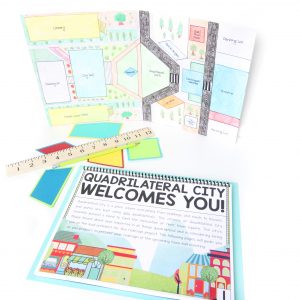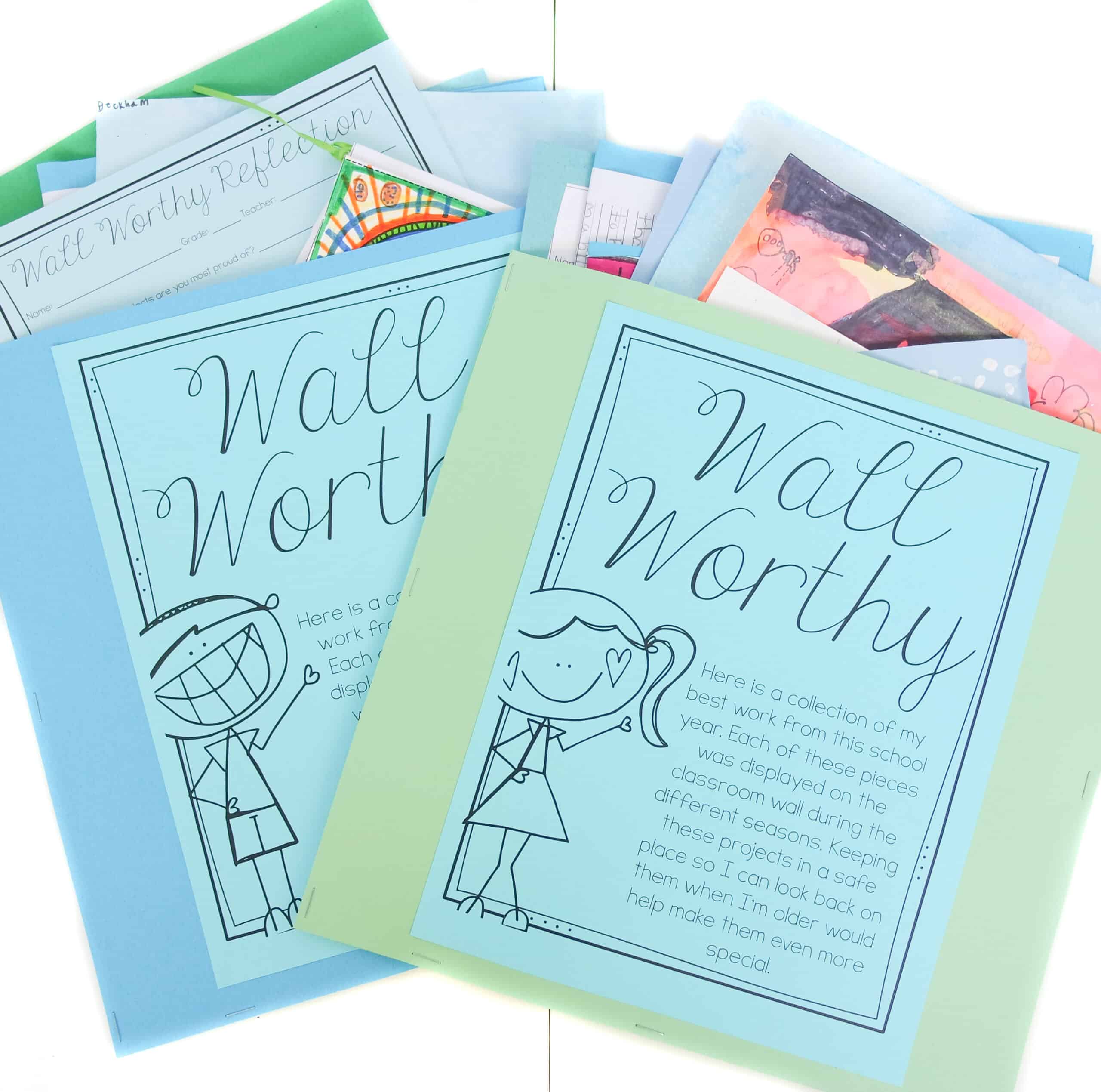
7 End-of-Year Activities To Help Students Thrive During the Last Weeks of School
When another school year is about to come to a close, teachers everywhere gear up for the final weeks of school with end-of-year activities that bring that perfect balance of calm and celebration. That balance can be hard to find, but here you’ll find a collection of resources that you can count on to plan engaging end-of-year activities that are memorable and manageable including: Whether you’re a seasoned educator or a new teacher searching for end-of-year activities for the very first time, this guide will make it easier for you and your students to thrive during the last two weeks of the school year! Maintaining A Positive and Consistent Classroom Environment Until the Final Bell Rings When the last day of school is finally in sight on your calendar, it can be tempting to lean hard into the fun, free-for-all vibes. Planning your end-of-year activities using this approach can quickly

